Media Manipulation: the "Bullshot" phenomenon
How game-makers are embellishing promo screens and vids, and why it has to stop.
The video is "in-game" to the extent that the tracks and car models are likely identical to what is used in the final product, but the increase in graphical fidelity combined with the beautiful camerawork results in a look that is some way beyond what the final product is capable of, short of Polyphony coming up with a technological quantum leap that dwarfs its existing work in GT5 Prologue. In this case, the result is to make an already staggeringly realistic game look right up there with some of the best that CG has to offer.
The marketing for Gran Turismo PSP seems to have been a bit of a puzzler for Sony. On the one hand, hands-on gameplay reveals a technological marvel that is pushing the handheld platform in ways that has never been seen before. On the other hand, it is bound by the physical limitations of the PSP's 480x272 screen and its fairly limited graphical capabilities. It looks awesome on the PSP's 4.3" screen, but patently not so attractive on a high-resolution monitor in the middle of the most important Sony presentation of the year.
The trailer above appears to hints at GT5-levels of graphical goodness, downscaled and super-imposed onto a rendered PSP screen. What was all the more telling was the fact that at E3, this trailer was followed by a very authentic-looking PSP video for Metal Gear Solid: Peace Walker, which aside from scripted camera angles and action, was clearly running on the actual game engine. For comparison purposes, a handful of genuine GT PSP shots have been released, which are somewhat different from some of the others which some say are derived from the PSP version's Photo Mode.
And here we have Halo 3. What is curious about this game is that so many of the screenshots available are from the in-game Photo Mode. These are rendered internally at a colossal 8064x4480 resolution before being downscaled. As a means of showing off your in-game derring-do in absolute precision quality on the forum of your choice, it's obviously great. Actual in-game promotional material came from a number of sources, and none of shots we could find showed Halo 3's sub-HD resolution. Indeed, the most "honest" shots we could track down were actually native 720p - an intriguing insight into how the game would actually look if it were running at a recognised high-definition resolution. At the time, Bungie mentioned that the sub-HD resolution wasn't really an issue, and yet it clearly was enough of a concern if marketing shots were dispatched at native 720p, and not directly from the 360's in-game framebuffer.
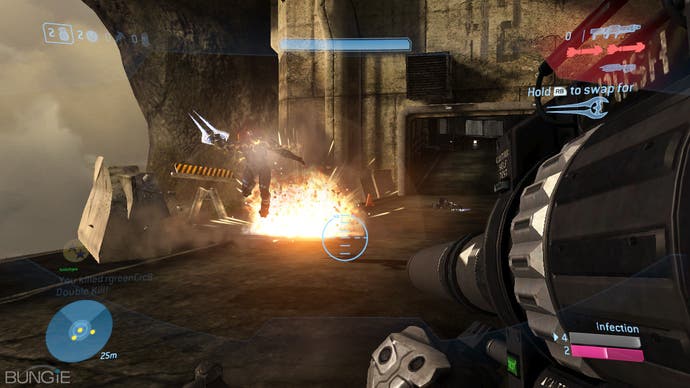
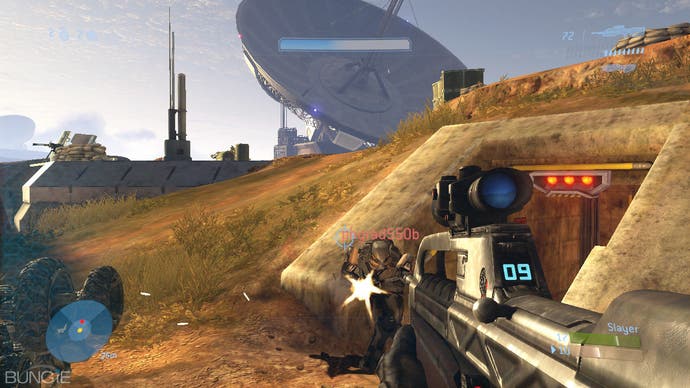
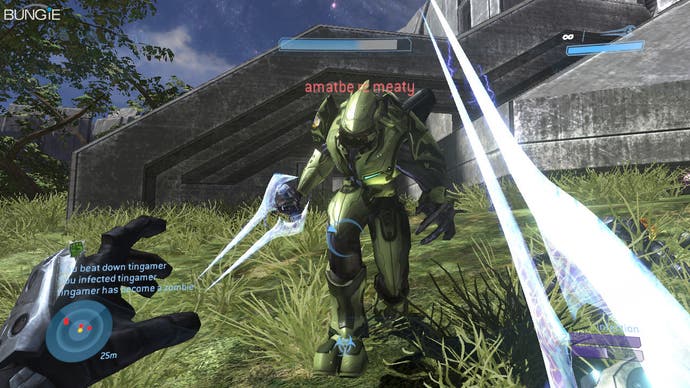
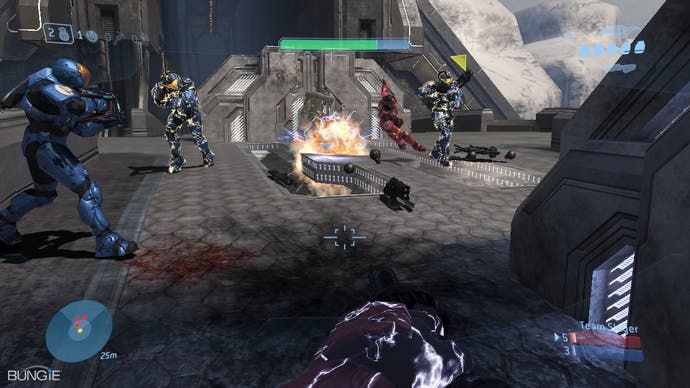
In addition to that intriguing quartet of "what if" shots, this particular screen was met with some disbelief from the online community, and Bungie was quick to protest its authenticity, even though, in retrospect, this shot features resolution and anti-aliasing somewhat in excess of the actual game, even if the model itself is a match.
It's rare that games that do run in sub-HD resolutions are presented as such via the assets made available to the press, but one of the most strikingly examples of recent times has been Star Ocean 4 on Xbox 360. While the main game itself runs at as near as dammit 720p (mirroring the promo shots), the battle sections do not, coming in at a miniscule 891x501 resolution, something you don't see in the official marketing materials.

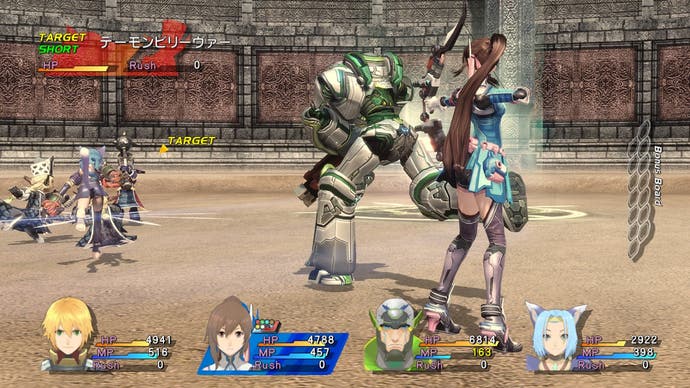
The irony is, of course, that by and large, we're not talking about poor-looking games here that need our industry's equivalent of "airbrushing" to make them look beautiful. Any carefully chosen screenshot from any of the games mentioned, dumped directly from the console's framebuffer, will look absolutely superb. The record of all the developers here in producing great games is frankly second-to-none, and let's be clear - this is just a representative sample, and we could have chosen from any one of hundreds of other examples. The fact is that just about everyone is doing the same.
To illustrate, the 14th August Mass Effect 2 shots are rendered at 1600x900, before being downscaled to 1280x720: a process we doubt your console will be using when the game is released. The DiRT 2 video we analysed recently appears to be a downscaled to 720p from a much higher resolution and probably comes from a PC build. A quick look at Eurogamer's screenshot collection for Uncharted 2: Among Thieves shows a mixture of both authentic shots and "enhanced" ones with no aliasing issues whatsoever: quite amazing bearing in mind this is one game that has no real need whatsoever for any kind of visual boost. Look carefully at the shots, like this one and you can see minute "tears" which show that the PS3 is rendering different sections of the screen in high resolution before stitching them together into one big shot, which - once again - then gets downscaled back to normal 720p. I could carry on, but you get the idea.
The bottom line is that some crazy fools out there might argue that the purpose of a screenshot or a movie is to actually show you how the game actually looks, as opposed to how it might look if you were running it on a PC, with ultra-level settings and an unplayable frame-rate. There's also the fact that going to the trouble of creating all of these enhancements takes time and presumably money: surely both would be better spent on developing the game?
So, in an ideal world, what should we asking for from the game-makers and publishers? Where do we draw the line between what is "real" and what isn't? Would it actually be too much to ask that game developers and publishers release untouched shots, or if they are using hyper-level PC builds or "Photo Mode" style effects, actually label the shots as such? Similar to the disclaimers on TV ads, don't we have a right to know if the product being sold to us not the one being showcased in flashy trailers?
In a week where Black Rock Studios' David Jefferies (via Develop magazine) revealed that Microsoft has dropped its requirement that games should run at a minimum resolution of 720p, it may well be that there will be even more games released with unrepresentative media assets. That being the case, maybe there is an argument that it should be the media's responsibility to move away from its "spoon-fed" attitude to running screens and vids without question, and verify their authenticity on the readers' behalf?
Perhaps it is a case that the industry needs to have some more confidence in its wares, as there are clear signs that some key game-makers are getting the idea. Whereas representative shots of Halo 3 were thin on the ground, actual framebuffer shots of Halo 3: ODST have been forthcoming that look both great and genuine. While Infinity Ward has stuck to its PC technology for still shots on the official Modern Warfare 2 site, all of its key videos to date have been shot directly from console, again sub-HD, but authentic and exciting.
And who knows? When we do eventually transition to the next generation, perhaps the additional graphical power on tap will make the concept of media embellishment ultimately irrelevant. We can but hope...
